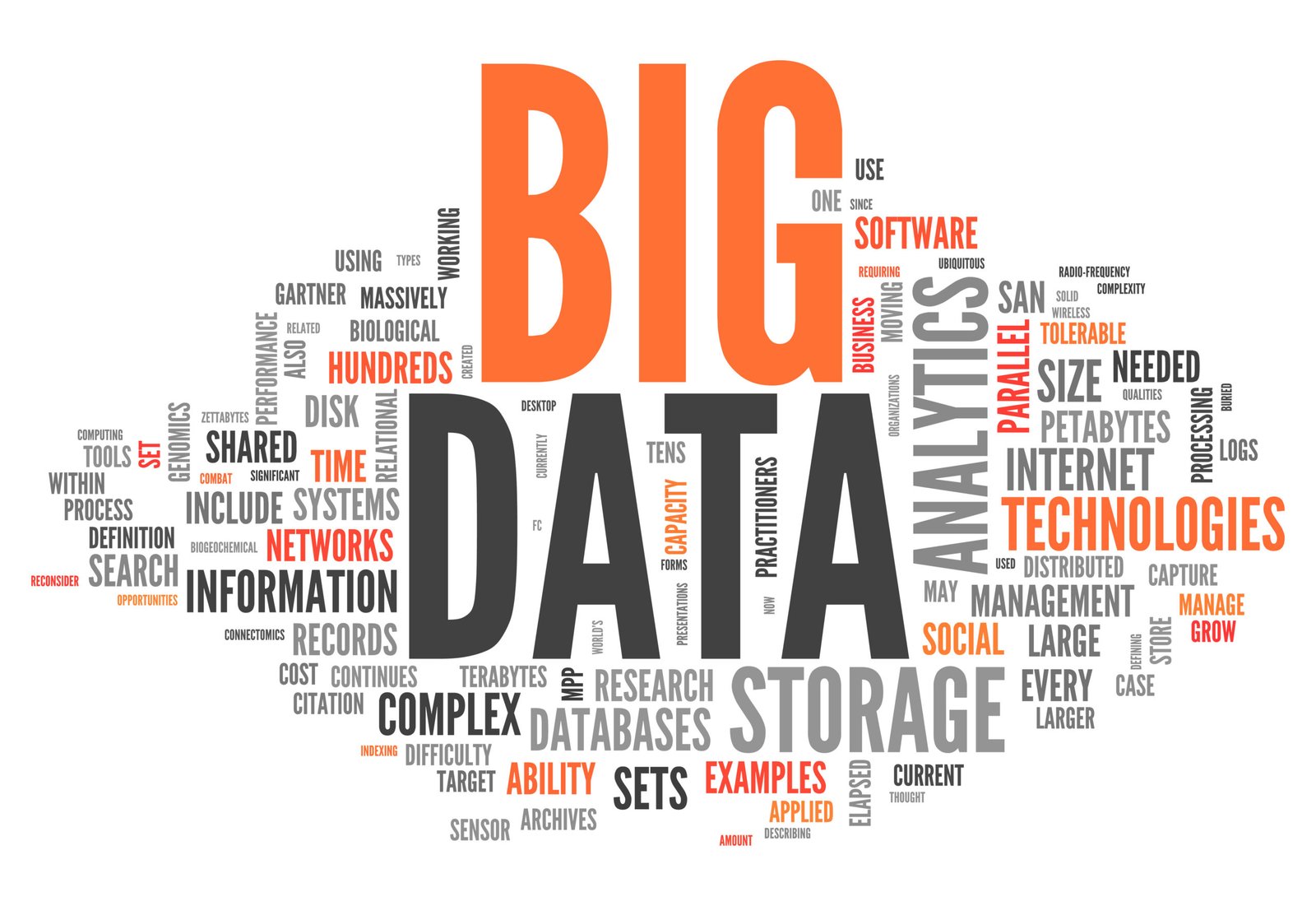How Big Data Is Driving Smarter Business Decisions

Big Data is driving smarter business decisions across industries, empowering companies to make data-backed choices that optimize operations and boost profitability. Big Data has enabled a new era of intelligent decision-making, where vast quantities of information can be analyzed to identify trends and patterns that were previously impossible to uncover. This leads to better insights that drive better strategic decisions and operational improvements, leading to profitability and growth. This article explores how businesses can leverage the power of Big Data to make smarter decisions and achieve their strategic goals. We will cover essential steps, from data collection and preparation to analysis and implementation, and provide real-world examples of its application. The structure of this article will first cover the foundational concepts of Big Data and its importance in business contexts. Then, we’ll detail the steps of collecting and preparing data for analysis, followed by a thorough examination of the different types of analytical techniques. The process of turning data insights into actionable decisions, and finally, we’ll analyze real-world use cases demonstrating the impact of Big Data on decision-making.
Understanding the Fundamentals of Big Data
1.1 Defining Big Data
Big Data, in its simplest form, refers to the vast amount of structured and unstructured data generated from various sources. This data encompasses a wide range of information, including customer interactions, transaction records, social media posts, sensor data, and more. The volume, velocity, and variety of this data make it challenging to process and analyze using traditional methods. Successfully harnessing the power of Big Data hinges on the ability to effectively extract meaningful insights from this complex landscape. Big Data’s potential to revolutionize decision-making across industries is truly remarkable.
1.2 The Importance of Big Data in Business
Data, in its current state, fuels business decision-making in ways that were previously unimaginable. The ability to collect, process, and analyze vast amounts of data enables companies to understand customer behavior patterns, anticipate market trends, and optimize operational processes. This, in turn, contributes to enhanced profitability and sustainable growth. By employing sophisticated analytical techniques, companies can extract invaluable knowledge from their data, leading to improved products, better services, and increased customer satisfaction.
Data Collection and Preparation for Analysis
2.1 Data Sources and Collection Strategies
Identifying appropriate data sources is a crucial first step in the Big Data journey. This encompasses internal data from various departments, as well as external sources such as market research reports, social media, and sensor data. A comprehensive strategy for collecting this data should involve meticulous planning and efficient systems. The specific data collection methodologies vary based on the nature of the data being collected, and effective data collection is critical for accurate analysis and valuable results.
2.2 Data Cleaning and Preprocessing Techniques
The collected data often requires thorough cleaning and preprocessing before analysis. This crucial step involves identifying and handling missing values, inconsistent formats, and outliers. Proper data cleaning ensures the integrity of the dataset and improves the accuracy and reliability of the results. Data preprocessing techniques often involve transforming the data into a suitable format for analysis.
Analytical Techniques for Extracting Insights
3.1 Data Mining Techniques
Data mining techniques, such as clustering, classification, and association rule mining, play a significant role in uncovering hidden patterns and trends within the data. These techniques help businesses identify relationships between different variables, enabling them to understand customer preferences, predict future behaviors, and improve decision-making. These techniques require a deep understanding of statistical methods to ensure accurate and reliable outcomes.
3.2 Predictive Modeling and Forecasting
Predictive modeling involves using historical data to build models that can predict future outcomes. This enables businesses to anticipate market trends, assess risks, and develop effective strategies to leverage these forecasts. Machine learning algorithms often play a crucial role in predictive modeling, allowing businesses to extract valuable insights from large and complex datasets.
Turning Data Insights into Actionable Decisions
4.1 Developing Actionable Strategies
Converting insights into actionable strategies is a crucial step in the Big Data process. Data analysis provides an understanding of customer preferences, market dynamics, and operational efficiency. Businesses should develop data-driven strategies to optimize their marketing, improve product development, and streamline operations, ultimately leading to a competitive advantage.
4.2 Implementing and Monitoring Results
Implementing the data-driven strategies is just one piece of the puzzle. Post-implementation monitoring and adjustment are crucial. Regular evaluation of the results ensures strategies remain effective and adapt to changing conditions.
Related Post : Cloud Computing in 2024 Latest Advancements and Applications
Real-World Examples and Case Studies
5.1 Amazon and Personalized Recommendations
Amazon leverages Big Data to provide personalized product recommendations, enhancing customer experience and driving sales. This personalized approach is driven by algorithms that analyze purchase history, browsing behavior, and other data points, creating a highly tailored shopping experience.
5.2 Netflix and Content Recommendation
Netflix employs Big Data analytics to predict user preferences and suggest relevant content. This sophisticated recommendation system allows Netflix to keep viewers engaged and satisfied, ensuring a thriving business. This process involves advanced algorithms analyzing user viewing habits, ratings, and other data to make personalized suggestions.
How can smaller businesses leverage Big Data?
Smaller businesses can leverage Big Data by focusing on specific areas that offer significant returns. Starting with analyzing customer data to better understand their needs and preferences can be highly beneficial. Targeting marketing campaigns based on this data allows smaller businesses to effectively allocate resources and reach their target audience more efficiently. This targeted approach can lead to considerable growth and success. Cloud-based data analytics platforms are often more accessible and affordable for smaller organizations, making these tools readily available for effective implementation.
In conclusion, Big Data is revolutionizing business decision-making by providing unprecedented insights into customer behavior, market trends, and operational efficiency. By leveraging sophisticated analytics and visualization techniques, companies can gain a competitive edge and achieve significant growth. Implement a data-driven approach to strategic planning to unlock the full potential of your business data. To further your understanding of harnessing Big Data, consider enrolling in relevant data analytics courses or workshops.
Share this content:














Post Comment